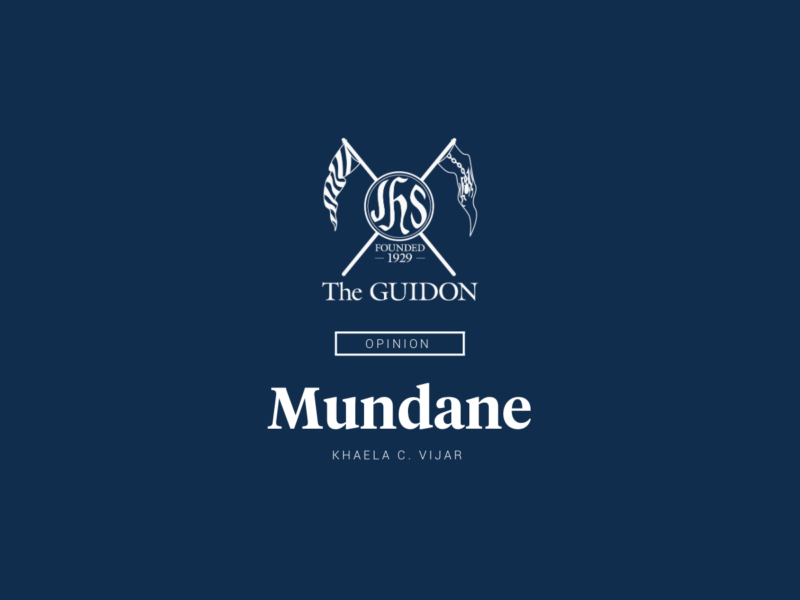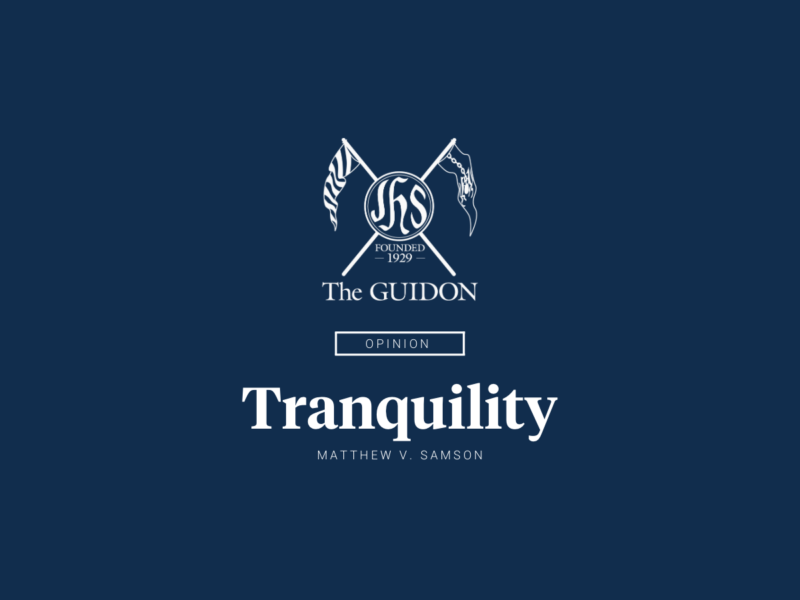The reality of media killings in the Philippines has hit a little closer to home.
I am currently an intern for the Philippine Center for Investigative Journalism (PCIJ), an independent, non-profit media agency specializing in investigative reporting. Over the years, PCIJ has been emphasizing the need for the Philippine media to uphold its role as a watchdog. The media agency has been advocating the freedom of the press as well.
One of my assignments as an intern last month included a writing exercise about a Bukidnon-based journalist who ironically found himself in the news. Arthur “Jun” Sapanghari, Jr. has been receiving death threats through his mobile phone following his coverage of the illegal logging activities in the area.
As I was researching online to finish the assignment, my boss tapped me on the shoulder, handed me his phone and told me that Sapanghari was on the other end of the line.
None of the journalism classes I have taken could have prepared me for that conversation. I felt chills running up my spine as Sapanghari recounted how unidentified men had been shadowing his movements over the past few weeks.
He confirmed that he had been receiving text messages since December telling him that he would be the next Joash Dignos. Dignos is another journalist from Bukidnon who was shot 22 times following his bold commentary regarding the questionable activities of the local government.
“Nanginginig ‘yung katawan ko. Takot na takot ako (My body was shaking all over. I was terrified),” Sapanghari told me over the phone. Despite the threats to his life, he said he continues to go to work but changes his schedule everyday so his activities would not easily be monitored.
Reading about threatened journalists is one thing, but hearing about it from someone who is directly experiencing the ordeal is a different matter altogether.
Several media groups have claimed that the Aquino administration is marked by a “culture of impunity” when it comes to the death of journalists. The Center for Media Freedom and Responsibility (CMFR) has recorded a total of 19 work-related media killings that occurred in the first three years of President Benigno Aquino III’s term. Of the 19 recorded cases, only the gunman of Palawan broadcaster and environmentalist Gerry Ortega has been convicted. The CMFR also recorded a total of 66 threats faced by media men in 2013 alone. The figures exclude the journalists murdered during the Maguindanao massacre, a case that remains unresolved today, four years after the incident.
In my current position, I do not have the authority to confirm or deny the existence of a culture of impunity in our country. However, more and more Filipinos are becoming dissatisfied by the rate at which the Aquino administration and the Department of Justice are attempting to solve media killings and putting a stop to the threats faced by countless Filipino journalists.
The conversation I had with Sapanghari has proven to me that journalism is indeed a form of public service. Thus, journalists deserve protection. Perhaps the government needs to be reminded of that as well.







